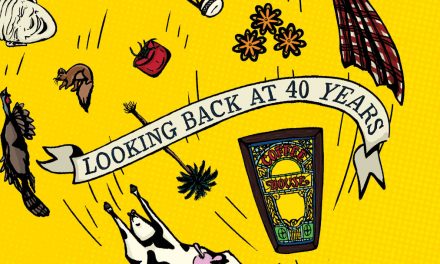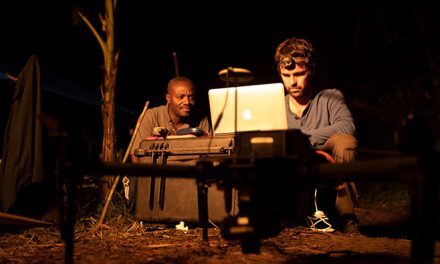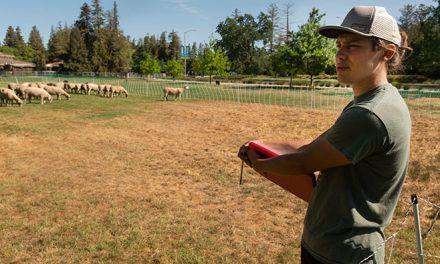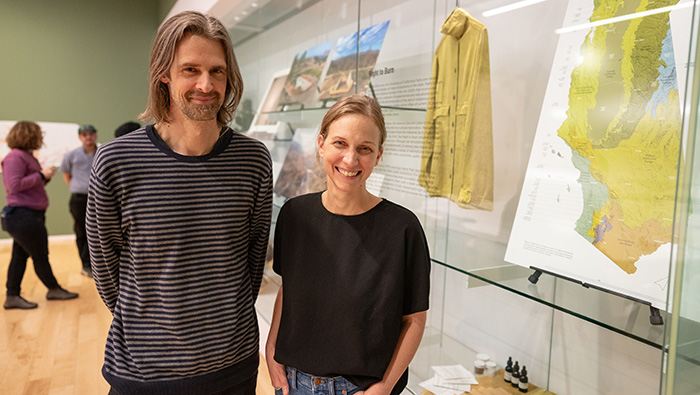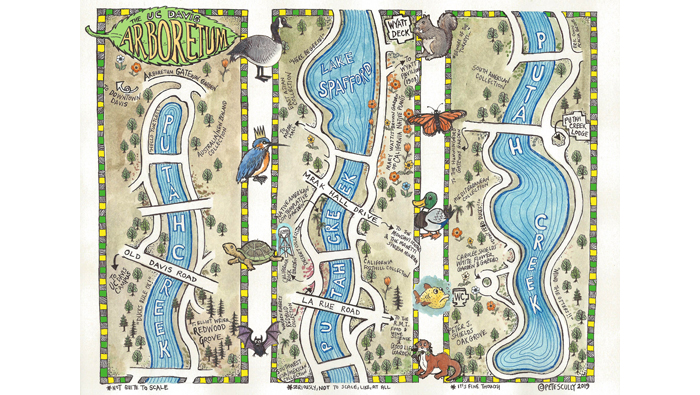
Illustration courtesy of Pete Scully
Animal Spotting
The UC Davis Arboretum and Public Garden is home to 19 species of reptiles, 31 species of mammals and 45 species of butterflies. It’s also the nesting place of more than 135 species of birds. More than 1 million birds fly through the Putah Creek watershed annually. As waterway steward at the Arboretum, Nina Suzuki ’05 is working to transform the waterway into an ecologically lively public area for community learning and nature appreciation. “The Arboretum’s purpose is to inspire human potential to help people and environments thrive,” said Suzuki. Here, we highlight where to find some of the Arboretum wildlife and some tips for how to spot them.
Widespread:
- Mallard ducks, males and females: You can easily spot male mallards for their iridescent-green heads and yellow bills. Females and ducklings are varying shades of brown with dark bills.
- Double crested cormorant: Identified by their yellow bill and face, these birds are often found tanning on top of trees or by the water with their wings spread out. They also dive underwater to catch fish and swallow them whole.
- Red-eared slider: These turtles have red marks on their ears with yellow strikes on their face and shells.
- Western pond turtles: The only freshwater turtle species native to California, this group of reptiles are a state species of special concern. They may not be easy to spot due to their drab green coloring.
Hard to spot:
- Oak titmouse: This woodlands-specific bird species is easier to spot by sound than by sight, Suzuki said. Fidgety and noisy, these birds are always moving to find food and create noise constantly to defend their territory year-round.
- Bushtit: Ping-pong sized and always moving, these birds make themselves known by their high-pitched chirps as they look for insects under leaves. Their pendulous nests look similar to dirty socks hanging from tree branches, Suzuki said.
- Tree swallow (nesting bird): These birds have iridescent blue feathers with white throats and bellies. Their diet consists of insects caught in their beaks mid-flight. They also have very short beaks and forked tails.
- House wren (nesting bird): Small, brown, with straight and narrow tails, house wrens are known as secondary cavity nesters. They require a tree cavity or bird box for shelter but are unable to create these homes for themselves. “My recommendation is to limit your visit to bird boxes to 10 minutes a day and to stay at least 10 feet away, so as not to disturb their nesting,” Suzuki said.
West end of the waterway:
- Wood ducks and ducklings: The female wood ducks are brown with a tuft of fur on their heads that resemble a helmet. Their ducklings are characterized by a dark line leading back from their eyes.

